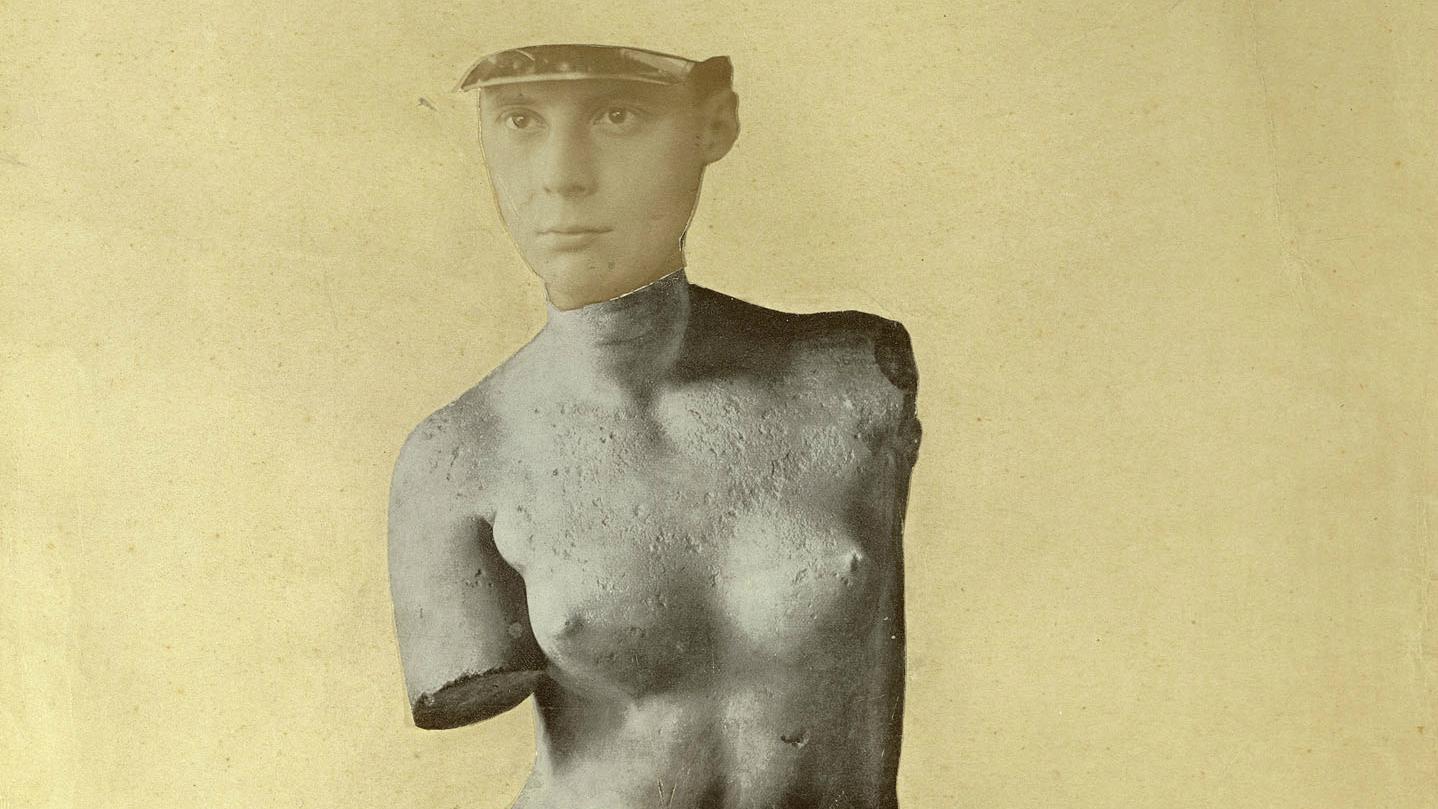BBC Four to air conceptual art season to celebrate 100th anniversary of Dada
With contributions from comedians and writers Jim Moir (aka Vic Reeves), Armando Iannucci, Terry Gilliam, and Arthur Smith

In the heart of Zurich's Old Town stands the notorious Cabaret Voltaire, the location where - in 1916 - a sparse band of idealists gathered to funnel their disgust at the war into creative enterprise.
Dada was born as a challenge to the status quo. An attempt to deliberately shock and spark the public which they now saw as so apathetic they would rather fight battles between themselves than challenge the prevailing faults of society.
Following the success of 2015's BBC Four Goes Pop and 2014's BBC Four Goes Abstract, the channel will now launch BBC Four Goes Conceptual; intended to explore the provocation and absurdity which lies deep in the art movement's blood and to bring to light its importance in the historical canon, as well as its lasting influence on modern culture.
Gaga for Dada: The Original Art Rebels will see comedian Jim Moir (aka Vic Reeves) delve into the irreverence of the movement, alongside contributions from Armando Iannucci, Terry Gilliam, and Arthur Smith. Art historian Dr. James Fox will explore wider ideas with Who's Afraid of Conceptual Art? and The Bob Parks Story will explore the life of the eccentric artist; meanwhile, Bricks! will mark 40 years since Tate Britain displayed Carl Andre's infamous Equivalent VIII.
Uproar spread across the UK when The Sunday Times printed a picture of the conceptual piece, a rectangular formation of 120 firebricks; commentators tussling between the work marking a groundbreaking moment in minimalism, or a scam the Tate so willingly bought into.
“I first came across Dada at art school in the early 80s," Jim Moir stated. "It was funnier and more anarchic than anything else I discovered. And it didn’t always have to make sense! Out of all the isms, movements and manifestos of the twentieth century, it was the DADA-ists who proved the most important – giving birth, not only to a lot of modern art, but also shaping comedy, music and political protest…"
Subscribe to Independent Premium to bookmark this article
Want to bookmark your favourite articles and stories to read or reference later? Start your Independent Premium subscription today.

Join our commenting forum
Join thought-provoking conversations, follow other Independent readers and see their replies